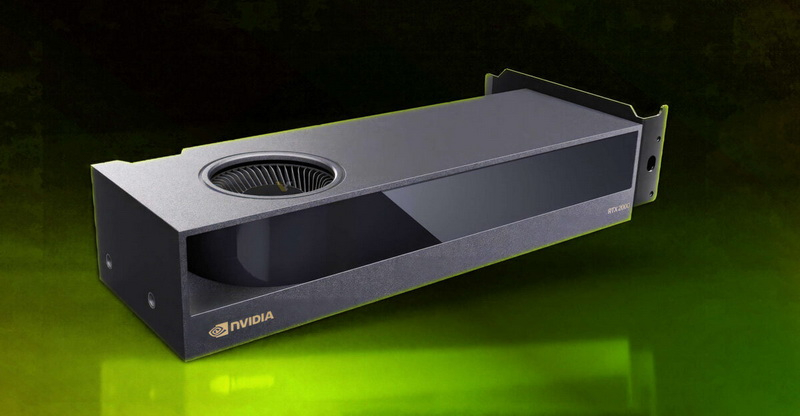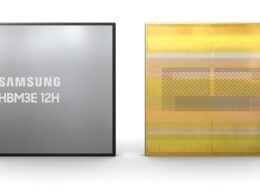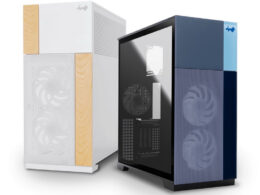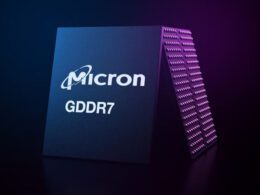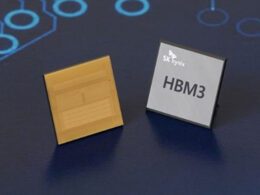NVIDIA has expanded its professional graphics card catalogue with the newer, compact model, the RTX 2000 ADA. This model is the seventh and youngest card in the specialized graphics accelerator series based on the Ada Lovelaсe architecture. Similar to the RTX 4000 SFF model on the same architecture, the newcomer is designed as a low-profile version intended for use in compact PCs (SFF).
Sharing its low-power consumption features with the previous RTX 4000 SFF model, the RTX 2000 ADA only uses up to 70 watts. This graphics card does not include an additional power connector. It diverges from the RTX 4000 SFF, which contains the AD104 graphics chip with 6144 CUDA cores, by featuring an AD107 GPU with 2816 CUDA cores. Furthermore, the chip incorporates 88 fourth-generation tensor cores and 22 third-generation RT-cores. From a performance viewpoint, this new model is slightly inferior to the gaming GeForce RTX 4060.
The RTX 2000 ADA, succeeding the RTX 2000 Ampere model that was equipped with 12 GB of memory, now boasts 16 GB—twice what rumours had predicted. At the same time, the RTX 2000 ADA supports a 128-bit memory bus and sustains a bandwidth up to 224 GB/s. Although the card uses a PCIe 4.0 interface, only 8 lines of this interface are allocated by the manufacturer.
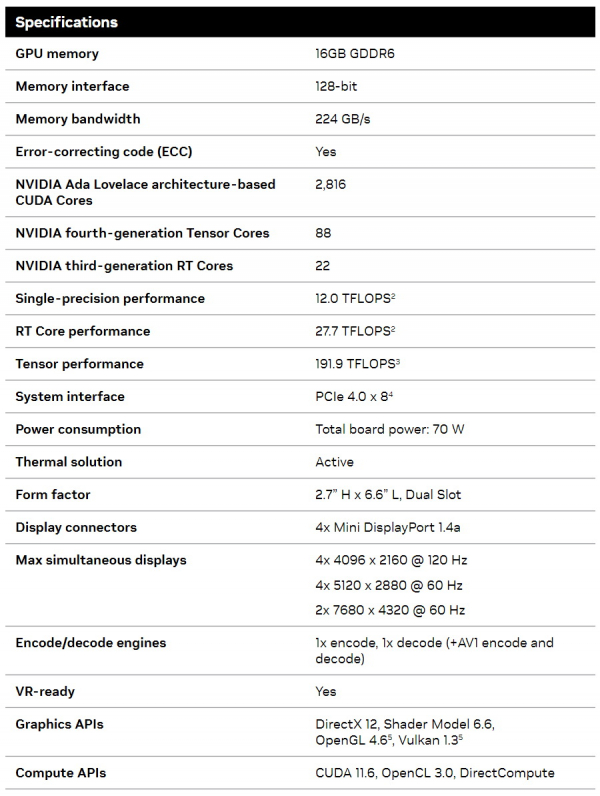
The exterior connectivity of the RTX 2000 ADA includes four Mini-DisplayPort 1.4a connectors. For those in need of modern DisplayPort 2.0 or 2.1 in a specialized GPU of the same level, solutions from AMD or Intel may prove more suitable.
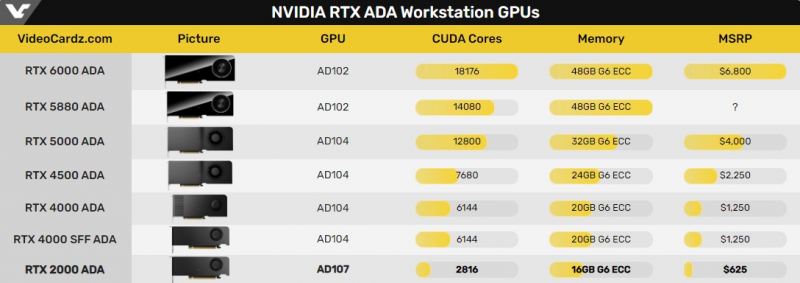
NVIDIA has priced the RTX 2000 ADA at $625. It will be available through company partners like Arrow Electronics, Ingram Micro, Leadtek, PNY, Ryoyo Electro, TD SYNNEX, Dell, HP, and Lenovo from April this year.

